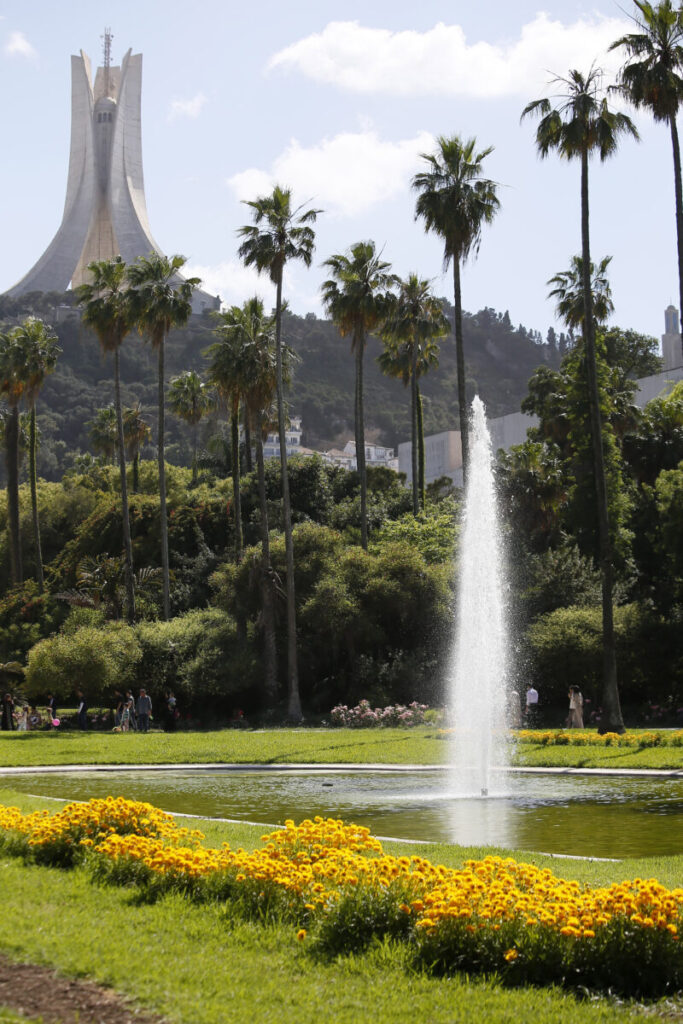Long ignored, urban biodiversity is now emerging as a major lever for adapting to climate change and improving quality of life. In Marseille, scientists reveal the importance of butterflies, wastelands, and local plants to rethink the city differently. A Mediterranean model where nature and urbanism can coexist.
This article is a summary of 2 interviews between scientists published in 22-med in March 2025. A dialogue between Justine Viros - a scientist specializing in environmental transition and Magali Deschamps Cottin, a teacher-researcher at Aix-Marseille Université, an ecologist and expert in urban ecology. They can be found in the 11 languages used on the site.
Urban biodiversity: an essential lever for the ecological transition of cities #1 - #2
Urban biodiversity is often summarized by a few pigeons or rats. However, a much richer fauna and flora withstand urban constraints: habitat fragmentation, light pollution, intensive management of green spaces. The work of ecologist Magali Deschamps Cottin, a specialist in diurnal butterflies and ecological dynamics in anthropized environments, shows that valuable species continue to live, even thrive, in urban interstices.
In Marseille, for example, a thesis conducted between 2008 and 2011 documented Mediterranean butterflies even in the parks of the city center. But this biodiversity declines as one moves away from green areas rich in host plants. Butterflies, like the two-tailed pasha, depend on specific shrubs to complete their life cycle. Removing these plants is to condemn the species that are linked to them.
Wastelands, gardens, rooftops: refuges to be revitalized
The good news is that even in dense cities, there are concrete levers. Urban wastelands, long seen as voids to be filled, turn out to be reservoirs of biodiversity. Their spontaneous vegetation attracts insects and birds. Magali Deschamps Cottin advocates for their preservation through projects for "urban nature reserves."
Another lever: private gardens, numerous but underutilized. Less mowing, more local plants and grassy areas would be enough to create a network of micro-habitats favorable to pollinators. Finally, green walls and roofs represent a promising avenue — provided that species are well chosen and watering is considered, especially in the Mediterranean climate.
Marseille at the forefront: a living laboratory city
Marseille, with its constraints and ecological diversity, is becoming a testing ground. An emblematic example: the 5,000 m² green roof on the Lacédémone water reservoir, in the heart of the Vauban district. Scientifically monitored, this installation shows that it is possible to reconcile urban infrastructure with wildlife accommodation.
Another flagship project: the Urban Butterfly Park, in the 14th arrondissement. Initiated by the LPED laboratory (Population-Environment-Development), it combines a refuge for biodiversity and a training ground for municipal agents. In a decade, the number of butterfly species recorded there has doubled, from 17 to 34. A dynamic that the park association wishes to replicate elsewhere: Bordeaux, Angers, Lille are already in the loop.
Rethinking the city with and for living beings
But integrating nature into the city cannot be limited to planting a few trees. It involves designing coherent, resilient urban ecosystems, intended to accommodate local species throughout their life cycle. This requires better coordination among public actors, urban planners, and residents.
Biodiversity cannot be decreed: it must be planned, managed, and transmitted. Education plays a fundamental role here. Recent studies have shown that children are increasingly unaware of the names of plant and animal species. The connection to living beings is breaking. For Magali Deschamps Cottin, it is essential to reconnect city dwellers with their natural environment from a young age.
An opportunity for the cities of tomorrow
Far from being a constraint, urban biodiversity is an opportunity. It regulates temperature, improves air quality, and contributes to the mental and physical health of residents. Butterflies and the plants that nourish them are just as important as infrastructure. Integrating living beings means creating more sustainable, more pleasant, and more humane cities.
Provided we change our perspective, listen to scientists, and involve all stakeholders — researchers, elected officials, citizens — in this transformation. Because the cities of tomorrow will not be built without nature. But with it, they can achieve much.

Cover photo: The experimental garden in Algiers, created in 1832. It is considered one of the most important experimental and acclimatization gardens in the world ©Photo By Billel Bensalem / APP
